Asparagus Winter Care: Tips On Winterizing Asparagus Beds
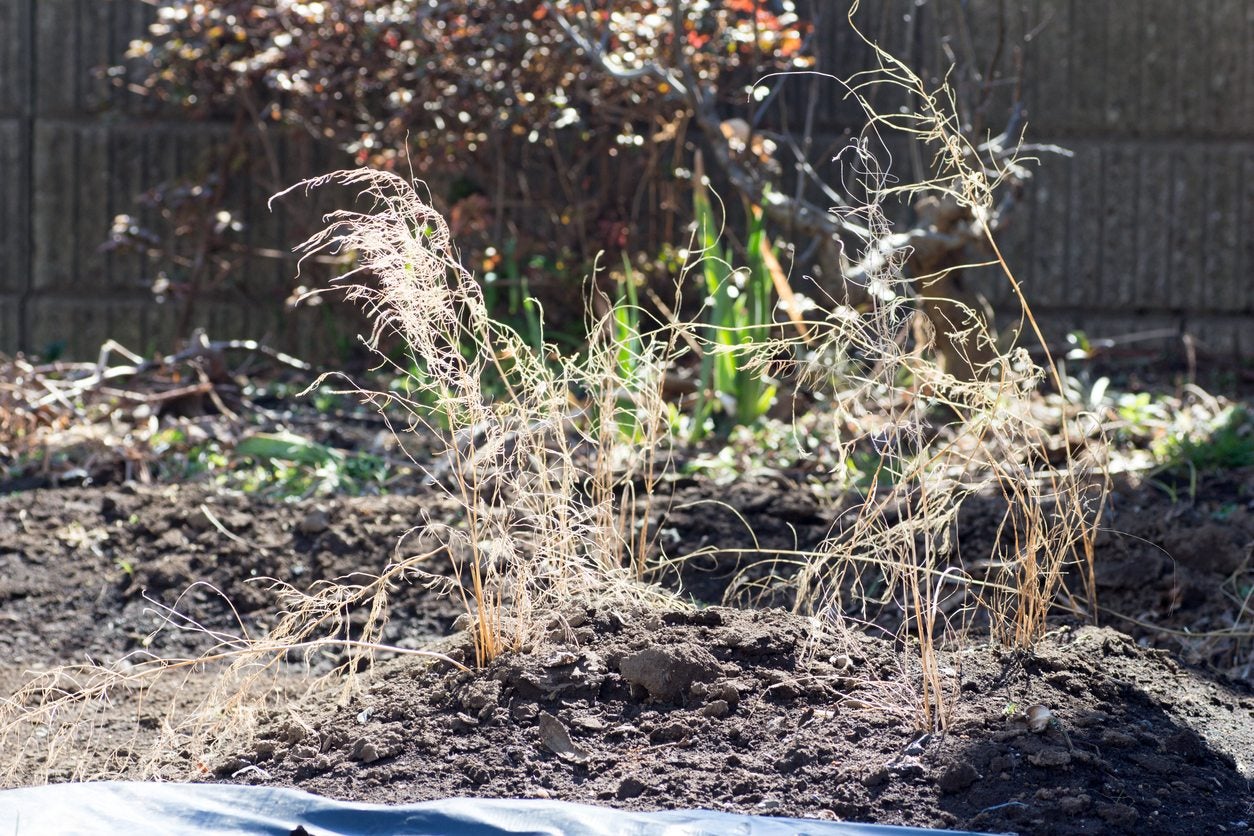
Asparagus is a resilient, perennial crop that produces early in the growing season and can produce for 15 years or more. Once established, asparagus is fairly low maintenance with the exception of keeping the area weed free and watering, but what about overwintering asparagus plants? Do asparagus need winter protection?
Does Asparagus Need Winter Protection?
In mild climates, the root crowns of asparagus need no special winter care, but in cooler regions, winterizing the asparagus bed is a must. Prepping asparagus beds for winter will protect the roots from the cold and encourage the plants to go dormant, allowing the plant to rest before its next growth phase in the spring.
Overwintering Asparagus Plants
In the fall, the leaves of asparagus begin to yellow and die back naturally. At this juncture, cut the brown fronds from the plant at the base. If you live in a warmer climate, the asparagus may not die back completely. Cut the spear in the late fall anyway. This forces the plant to go into dormancy, a necessary resting period before it begins to actively grow and produce again. Also, if you live in a milder climate, there is no need for further asparagus winter care, but those in colder regions need to begin prepping asparagus for winter. If you’re feeling lucky or lazy, you can choose to pray for enough snow cover to protect the crowns and leave well enough alone. If you don’t think it’s a good day to buy a lottery ticket, it’s better to perform some minor winter prep. Once the fronds have been cut back, cease watering the asparagus entirely. The idea when winterizing asparagus beds is to protect the crowns from cold injury. Spread 4 to 6 inches (10-15 cm.) of mulch such as straw, wood chips, or other organic materials over the crowns. The downside of mulching the bed is that it will slow down the emergence of the spears in the spring, but this is a small price to pay to protect the bed. You can remove the old mulch in the spring as soon as the shoots begin to emerge. Then either compost or dispose of the mulch since it can harbor fungal disease spores.
Gardening tips, videos, info and more delivered right to your inbox!
Sign up for the Gardening Know How newsletter today and receive a free copy of our e-book "How to Grow Delicious Tomatoes".

Amy Grant has been gardening for 30 years and writing for 15. A professional chef and caterer, Amy's area of expertise is culinary gardening.
-
 Looking For Plants To Give You The Soft And Fuzzies? Try These 5 Fuzzy Leaf Plant Options
Looking For Plants To Give You The Soft And Fuzzies? Try These 5 Fuzzy Leaf Plant OptionsLovers of texture, drama, silver foliage and tactile plants will adore these special sensory garden additions. These fuzzy leaf plant options will leave you all aglow
By Susan Albert
-
 Get Ready For A Summer Of Hummers! Grow These Full Sun Hummingbird Plants and Flowers
Get Ready For A Summer Of Hummers! Grow These Full Sun Hummingbird Plants and FlowersIf you’re lucky enough to enjoy a sunny backyard, make sure you are maxing out on your pollinator opportunities and grow these full sun hummingbird plants and flowers
By Tonya Barnett
-
 What Is White Asparagus – How Does White Asparagus Grow
What Is White Asparagus – How Does White Asparagus GrowHere's a real head-scratcher. There are no varieties of white asparagus! So how does white asparagus grow? Read on to find out.
By Laura Miller
-
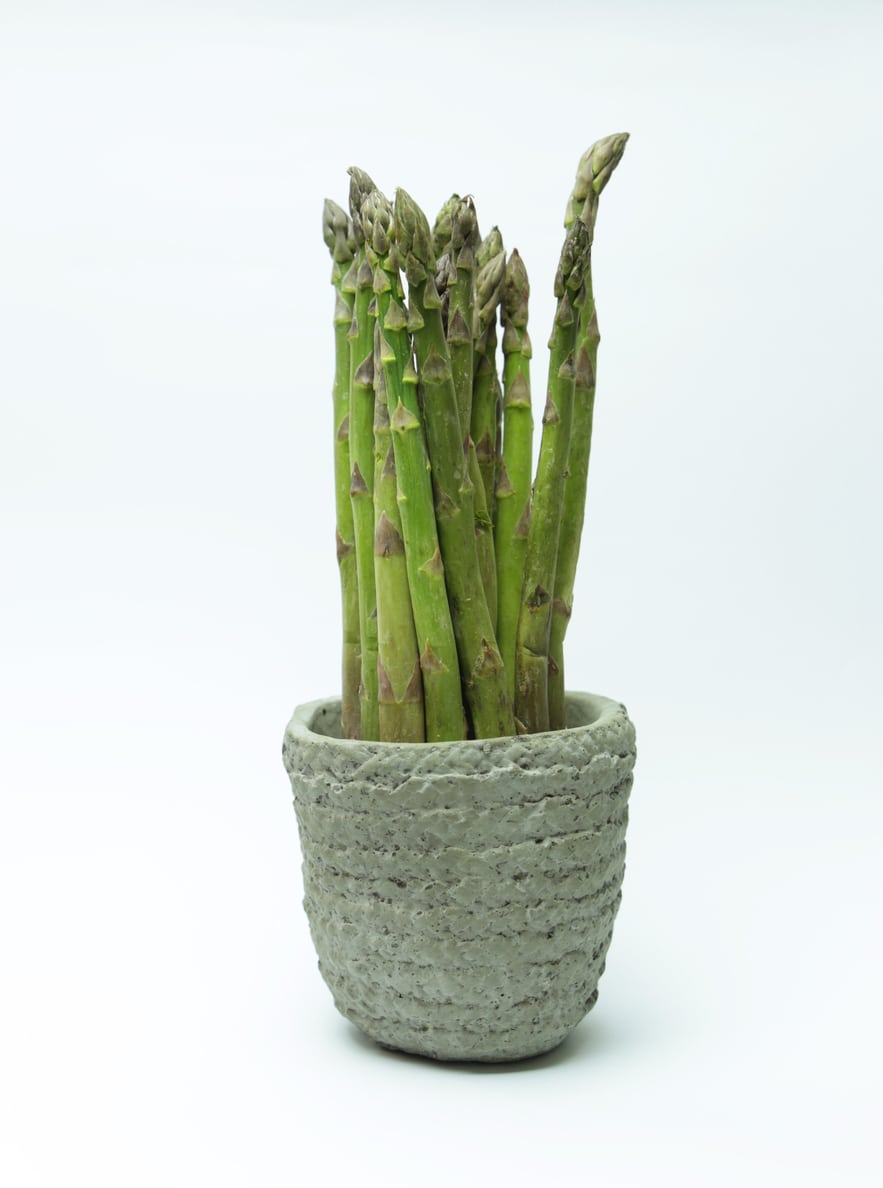 Potted Asparagus Plants – Can You Grow Asparagus In Containers
Potted Asparagus Plants – Can You Grow Asparagus In ContainersThe introduction of new asparagus cultivars has made the process of growing and caring for these plants easier than ever before. But can you grow asparagus in a pot? Click on the following article to learn more about container grown asparagus plants.
By Tonya Barnett
-
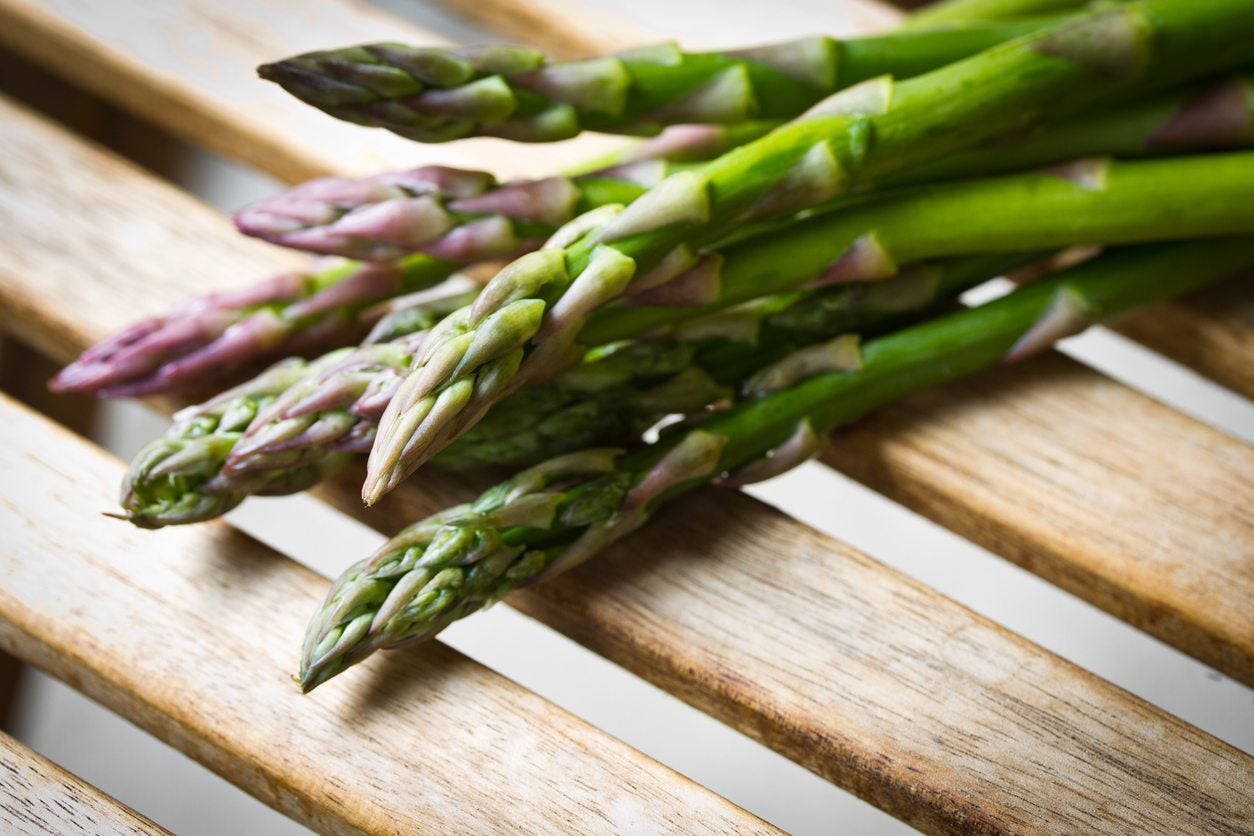 What’s The Difference Between Male And Female Asparagus Plants
What’s The Difference Between Male And Female Asparagus PlantsWe all know that some plants have male reproductive organs and some have female and some have both. How about asparagus? Are there really male or female asparagus? If so, what's the difference between male and female asparagus? Find out here.
By Amy Grant
-
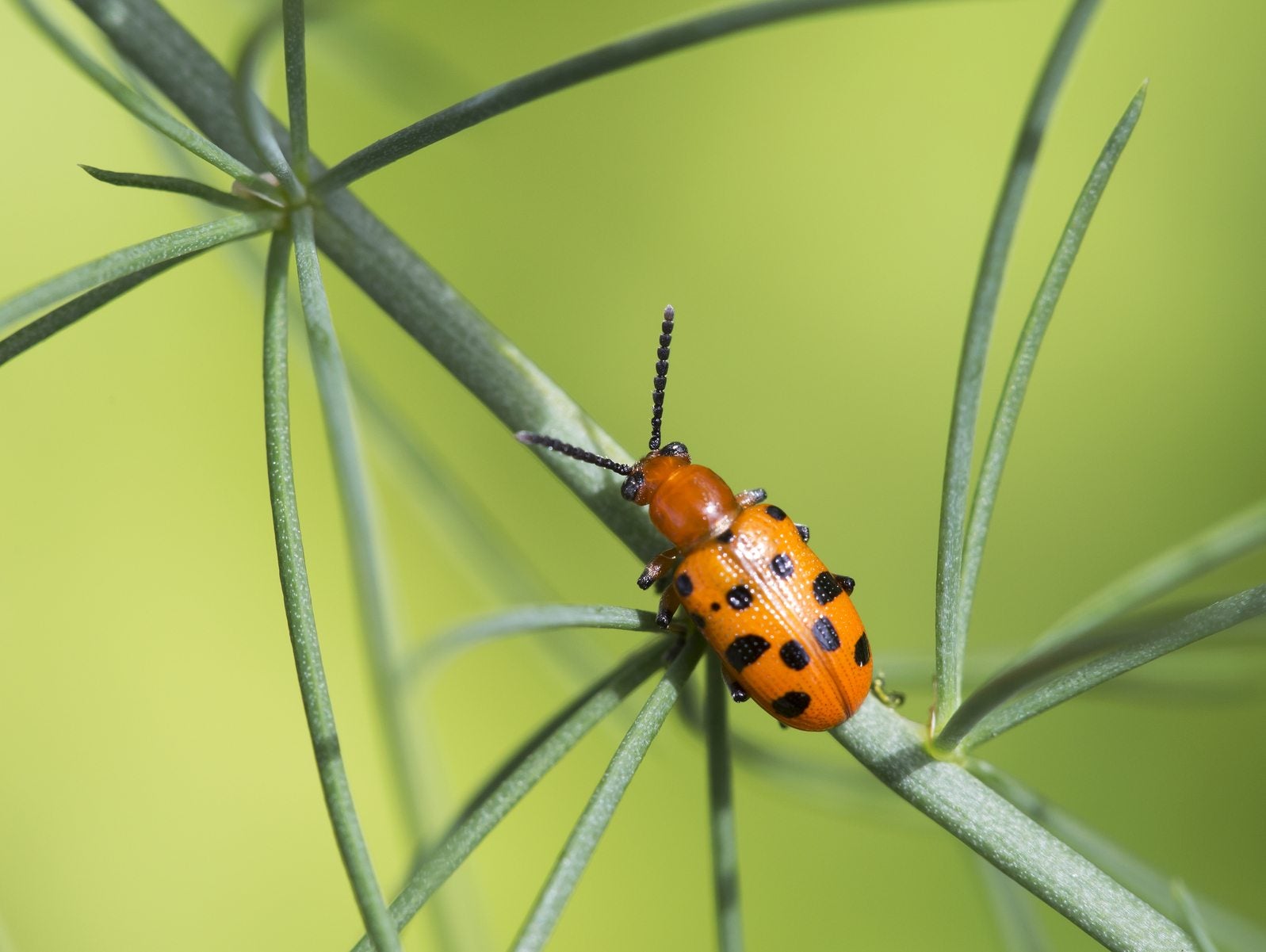 Spotted Asparagus Beetle Facts: Controlling Spotted Asparagus Beetles In Gardens
Spotted Asparagus Beetle Facts: Controlling Spotted Asparagus Beetles In GardensIt can be especially devastating when an asparagus patch falls victim to pests. One very common asparagus pest is the spotted asparagus beetle. Learn some spotted asparagus beetle facts and how to prevent spotted asparagus beetles in this article.
By Liz Baessler
-
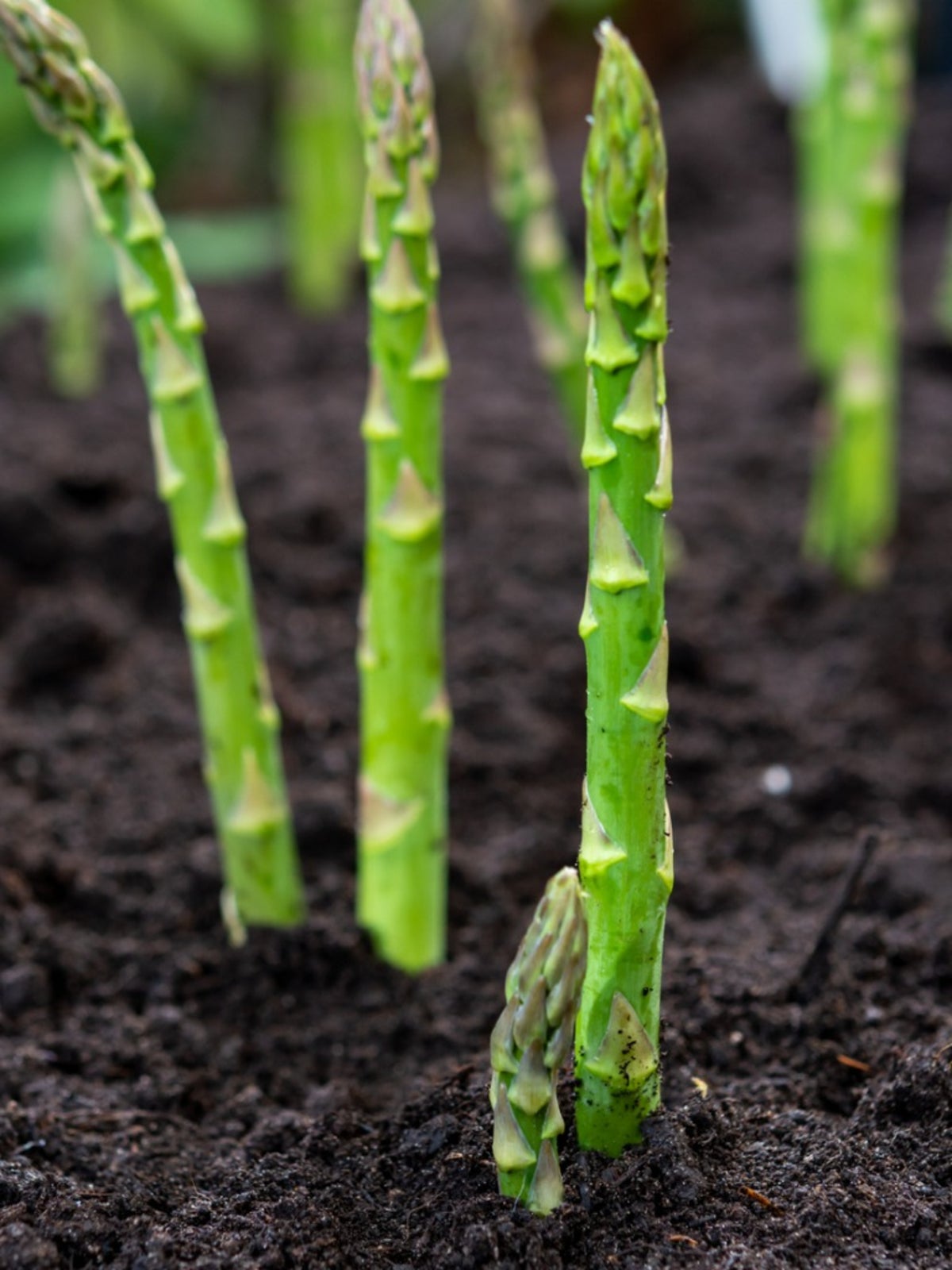 What Is Asparagus Rust: Tips On Treating Rust In Asparagus Plants
What Is Asparagus Rust: Tips On Treating Rust In Asparagus PlantsAsparagus rust disease is a common but extremely destructive plant disease that has affected asparagus crops around the world. Learn more about asparagus rust control and treatment in your garden using information from this article.
By Mary H. Dyer
-
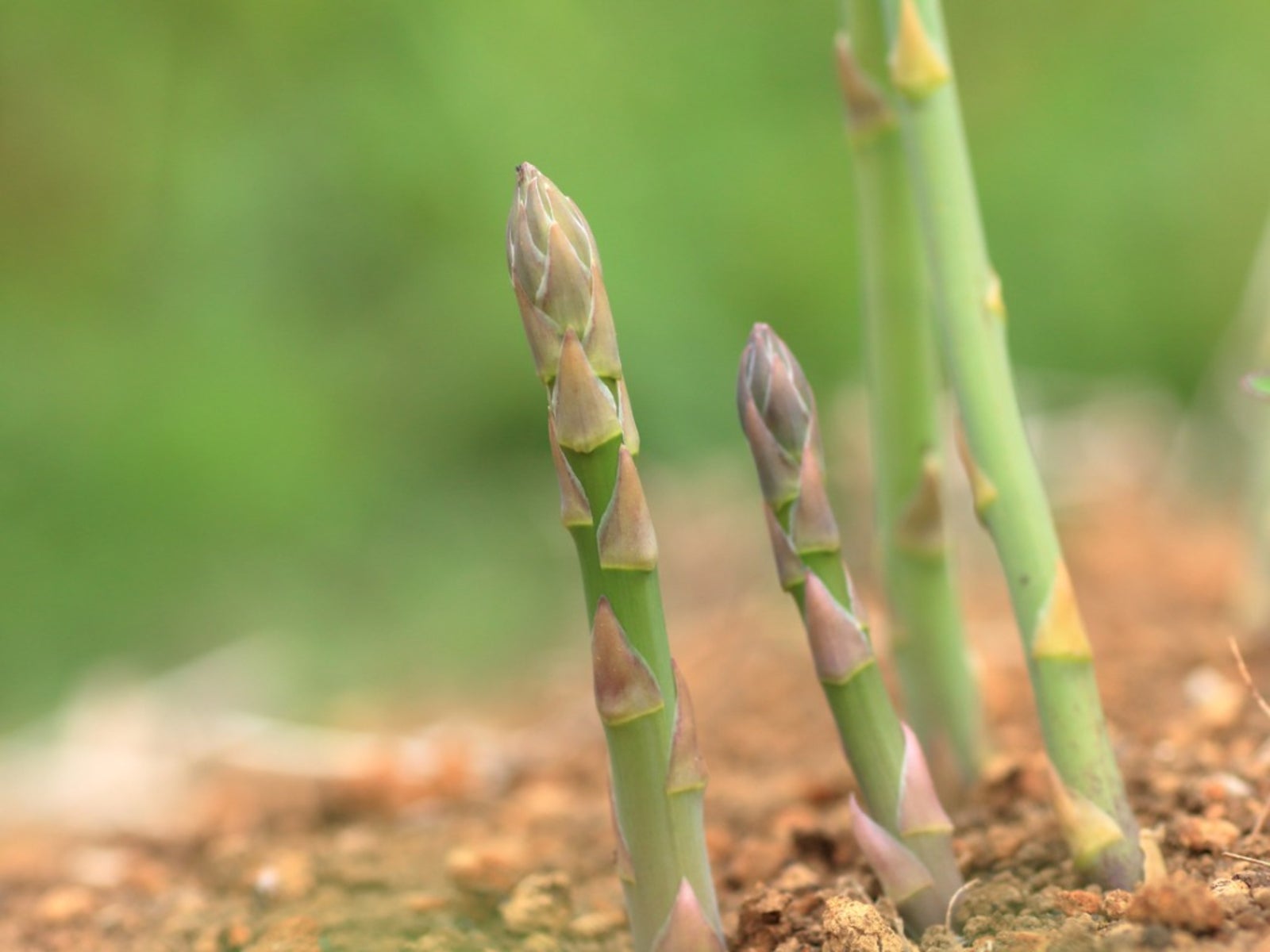 Rotting Asparagus Plants: Treating Asparagus Crown And Root Rot
Rotting Asparagus Plants: Treating Asparagus Crown And Root RotAsparagus crown and root rot is one of the most economically disastrous diseases of the crop worldwide. Asparagus crown rot is caused by three species of Fusarium. Learn more about controlling asparagus fusarium crown rot and root rot here.
By Amy Grant
-
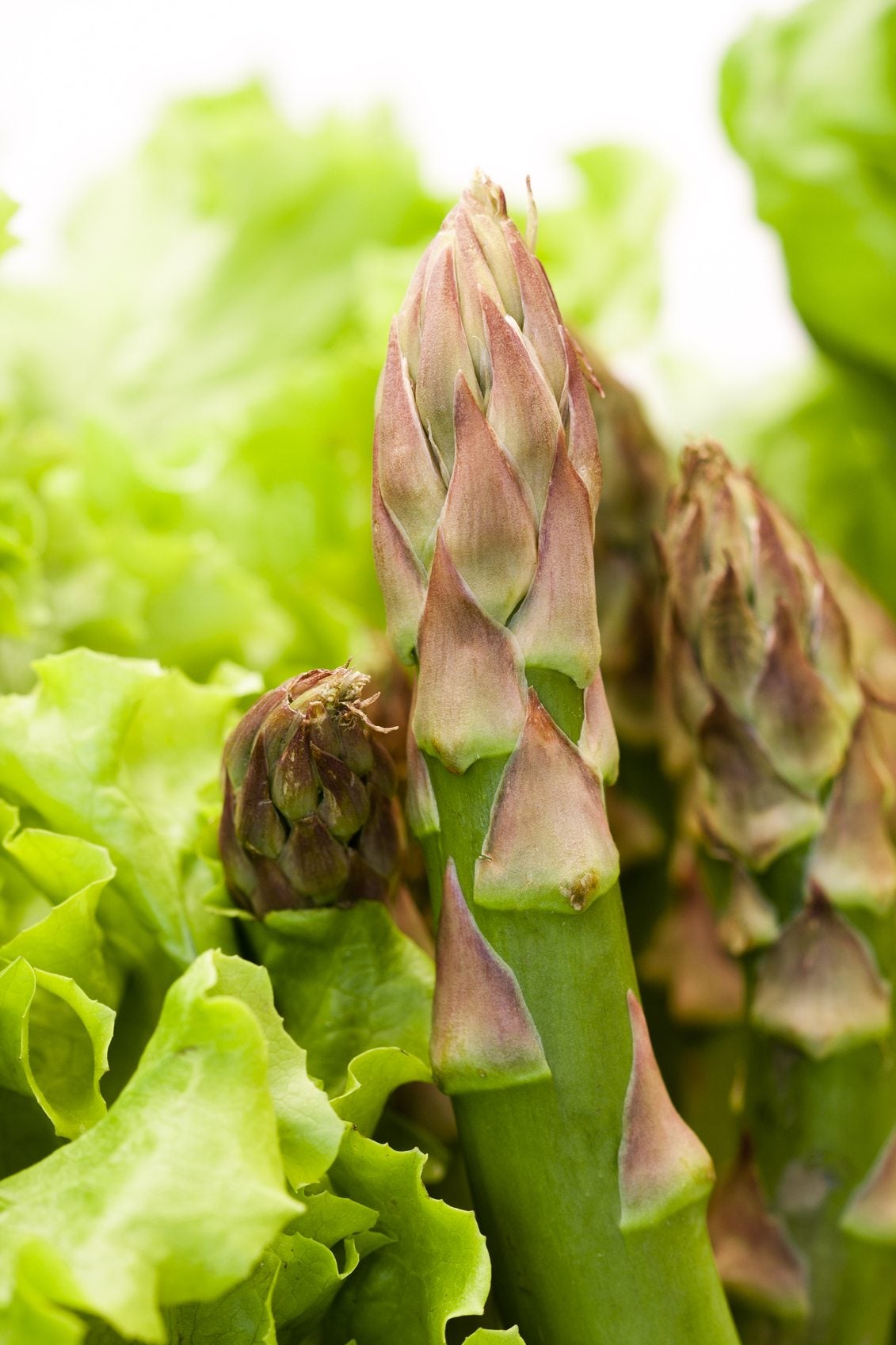 Asparagus Companion Plants – What Grows Well With Asparagus
Asparagus Companion Plants – What Grows Well With AsparagusAsparagus plant companions are plants that have a symbiotic relationship, one that is mutually beneficial to each. In the following article, we will discuss the benefits of companion planting with asparagus and what grows well with asparagus.
By Amy Grant
-
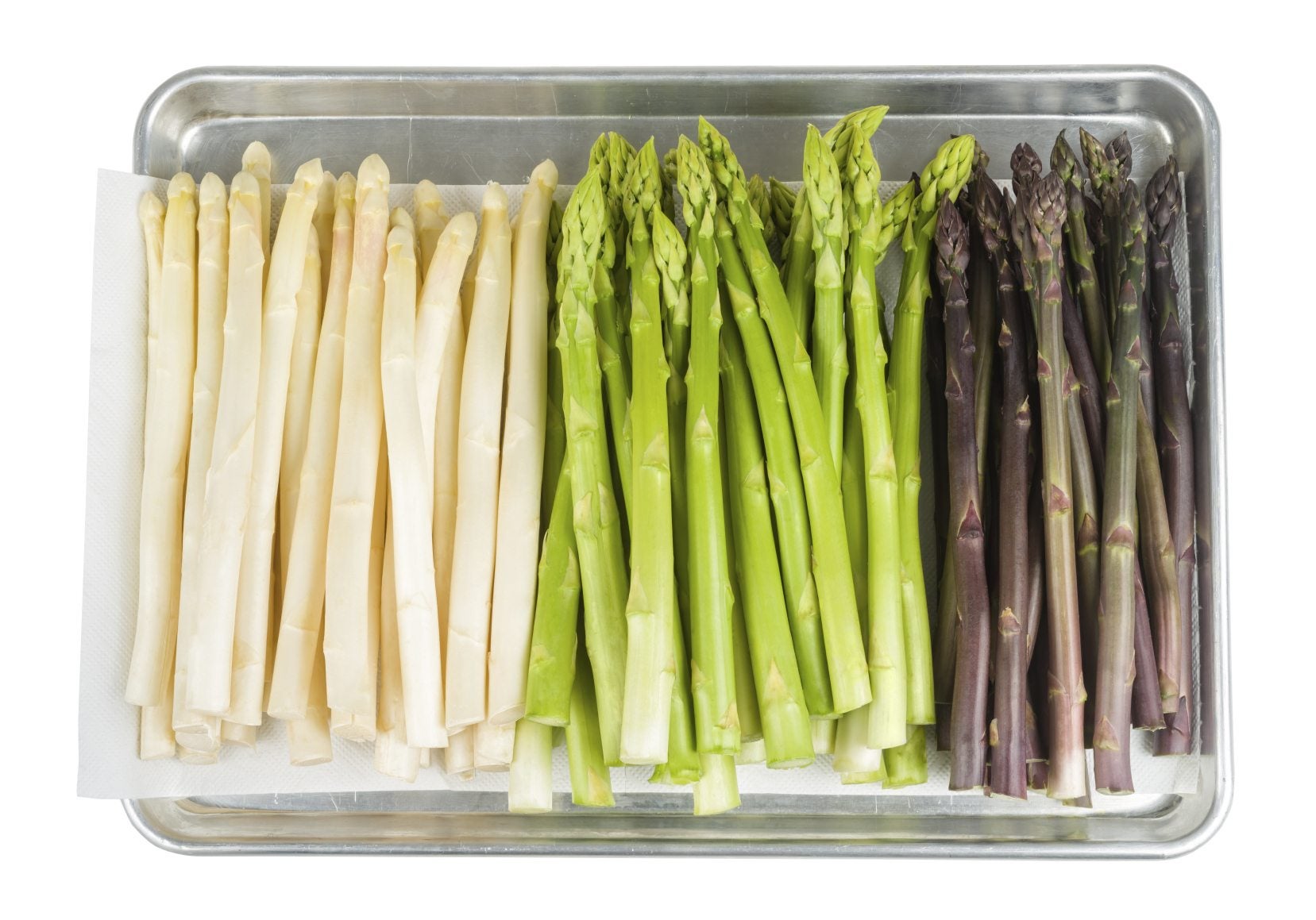 Types Of Asparagus – Learn About Different Varieties Of Asparagus
Types Of Asparagus – Learn About Different Varieties Of AsparagusAsparagus is a long-lived perennial vegetable of many types. You can learn more about different asparagus varieties, including a few heirloom asparagus types, by clicking the article that follows.
By Mary H. Dyer